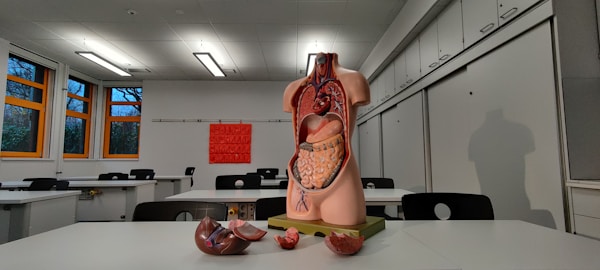Nicotinamide adenine dinucleotide, or NAD+, and its reduced form NADH are vital molecules found in all living cells. They play a crucial role in energy metabolism and aging, and their proper balance is crucial for maintaining cellular function. These two molecules have similar names but vastly different roles in the body. NAD+ is a coenzyme that plays a role in energy production, while NADH is an electron carrier that helps cells convert food into energy. Keep reading to learn more.
What are the differences between NAD+ and NADH?

NAD+ and NADH are essential molecules in our body involved in energy metabolism and cellular functions. NAD+ represents the oxidized form of the molecule, while NADH denotes the reduced form.
The key difference between NAD+ and NADH lies in their chemical structures. NAD+ is a coenzyme that contains a pyridine ring linked to an adenine ring with a phosphate group, whereas NADH has an additional hydrogen ion added to its structure. This extra hydrogen ion allows NADH to donate electrons to other molecules, whereas NAD+ can accept electrons. Functions, structure, and binding capacity are important differences between NAD+ and NADH that make them crucial for metabolic reactions in the body.
NAD+ is primarily involved in energy production and cellular signaling pathways. It binds with enzymes during catabolic reactions and accepts electrons from them, forming NADH. On the other hand, NADH plays a vital role in transporting electrons and energy to various metabolic processes, such as oxidative phosphorylation and the citric acid cycle.
Understanding these molecules and their roles can help us appreciate the significance of energy metabolism and how the body breaks down nutrients to produce energy in our cells.
What do NAD+ and NADH do differently in the body?
NAD+ is an essential coenzyme that acts as a catalytic component of many enzymes involved in the metabolic pathways, particularly in the Krebs cycle, glycolysis, and oxidative phosphorylation. It’s involved in the synthesis and repair of DNA and RNA, and it also plays a critical role in the sirtuin pathway, regulating gene expression and cellular stress responses.
NADH is the reduced form of NAD+ and acts as a carrier of electrons in the cellular respiration process. It’s produced in the Krebs cycle and glycolysis and transferred to the electron transport chain, where it’s oxidized to produce ATP, the cell’s primary energy source. NADH is also involved in the biosynthesis of fatty acids and amino acids, and it provides essential reducing power for antioxidant defense systems.
While NAD+ and NADH are distinct molecules with different functions, they are both critical for proper cellular function and energy metabolism. Their correct balance is essential for maintaining a healthy physiological state and proper aging. Understanding the differences between these two molecules can help researchers develop new therapies to treat age-related and metabolic disorders that affect their levels and balance.
What do you need NAD+ and NADH for?

NAD+ is primarily involved in a process called cellular respiration, which takes place inside the mitochondria of our cells. During cellular respiration, NAD+ gets converted into NADH. This energy-rich molecule then helps fuel our cells and power their activities. NADH is also involved in the electron transport chain, which helps generate ATP, the body’s primary energy currency.
In addition, NAD+ plays a critical role in DNA repair, helping maintain our genetic material’s integrity. Maintaining optimal levels of these essential coenzymes is vital for overall health and wellness.
Understanding the differences between NAD+ and NADH is critical for a comprehensive understanding of how cells use energy, as NAD+ and NADH play key roles in regulating energy production, storage, and use. Furthermore, NAD+ and NADH are important in helping to maintain the balance of cellular reducing power and can help to identify the presence of diseases related to metabolic dysfunction. Knowledge of the relationship between NAD+ and NADH is essential for understanding cellular metabolism and can help identify potential health issues.


















